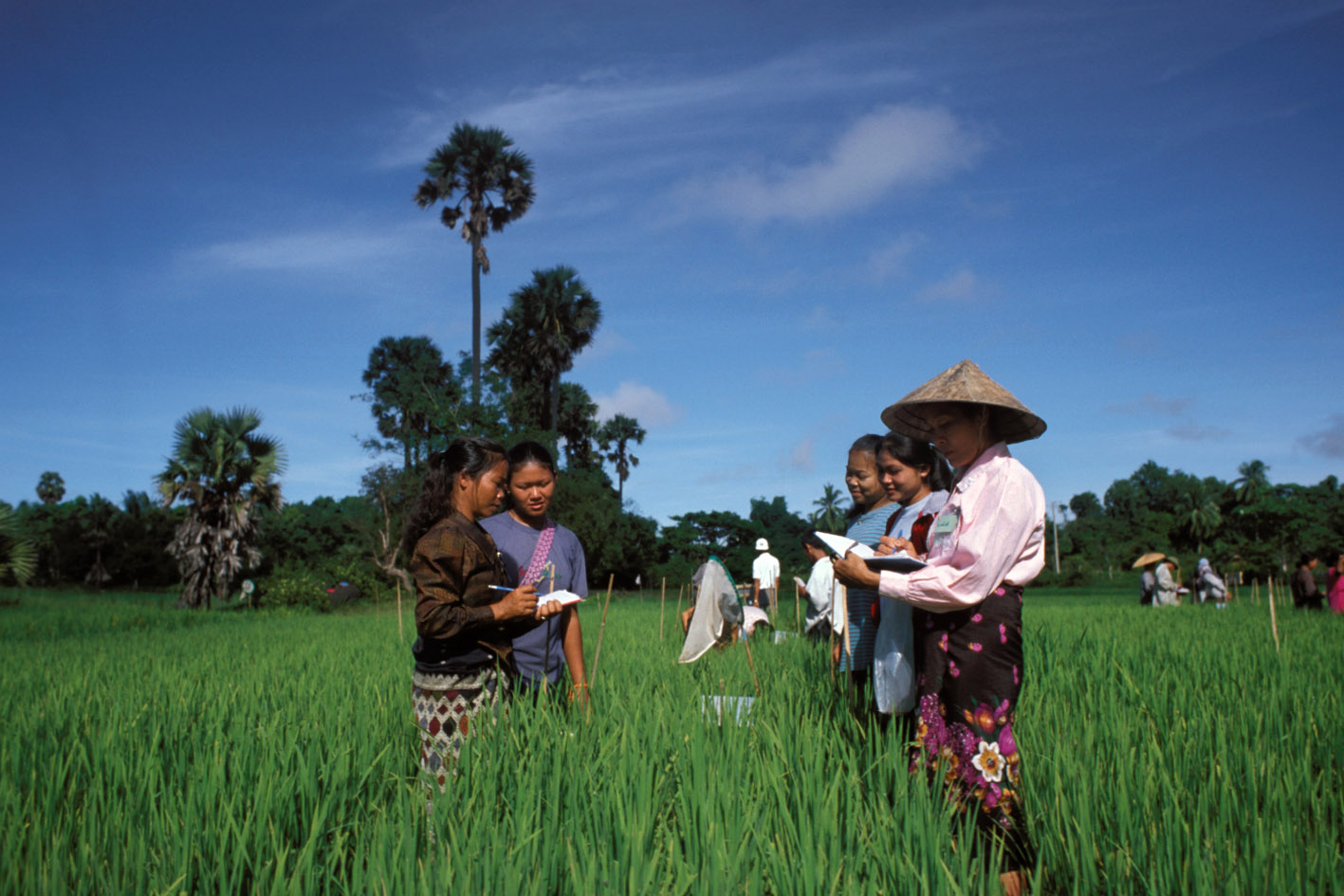Production and Business Services (Impact) 2009-2011
El Salvador, 2009 - 2011
Get MicrodataIdentification
SLV_2009-2011_PBSI_v01_EN_M_v01_A_OCS
Production and Business Services (Impact) 2009-2011
| Name | Country code |
|---|---|
| El Salvador | SLV |
Other Household Survey [hh/oth]
The Productive Development Project (PDP) was one of three large-scale projects financed under the 2006 compact between the Millennium Challenge Corporation (MCC) and the Government of El Salvador. The main objective of the PDP was to assist in the development of profitable and sustainable business ventures for poor individuals in El Salvador's Northern Zone. Between 2008 and 2012, the PDP used nearly $72 million in allocated funds to serve over 13,500 participants and create more than 11,000 full-time equivalent jobs. The PDP comprised three activities: Production and Business Services (PBS), Investment Support, and Financial Services. The PBS Activity -- the subject of this impact evaluation and the largest of the three activities -- provided technical and material assistance to farmers and small-scale producers to support the Northern Zone's dairy, fruit, horticulture, handicrafts, tourism, forestry, and coffee sectors.
The design for the impact evaluation of the PBS Activity is a randomized rollout design, in which some producers were offered PBS assistance several months before other producers were offered similar assistance. The goal of this design is to attain the highest level of rigor possible without significantly altering existing implementation plans. The evaluation is limited to three value chains:
(1) handicrafts
(2) dairy
(3) horticulture
Among all value chains in the PBS, these three chains were most amenable to random assignment, and were expected to yield impacts in the one-year interim timeline specified for the evaluation. Treatment groups were offered PBS assistance in the first implementation phase (beginning in late 2009 for handicrafts and mid-2010 in the case of the dairy and horticulture chains) and control groups in the dairy and horticulture chains were offered PBS assistance roughly one year after the treatment group. As over 15,000 individuals had participated in the PBS Activity by August 2012, this evaluation sample of 1,736 individuals (518, 593, and 625 in the dairy, horticulture, and handicrafts chains, respectively) includes only 11 percent of the individuals served under the activity.
Sample survey data [ssd]
Households
Scope
(a) DAIRY QUESTIONNAIRE
General information
Home
Dairy related activities
Milk expenses and income (individual)
Business practices
Household income
Home expenditures
Credit
The impact of dairy projects:
· General information
· Information about the cooperative / association
· Production and commercialization
· Information and marketing
· Problems with commercialization and technical assistance
· Group expenses and income
(b) VEGETABLE QUESTIONNAIRE
General information
Home
Horticultural activities
Crop matrix (summer and winter)
Agricultural expenses and income (individual and home)
Business practices
Household income
Home expenditures
Credit
Impact of vegetable projects:
· General information
· Information about the cooperative / association
· Production and commercialization
· Information and marketing
· Problems with commercialization and technical assistance
· Group expenses and income
| Topic | Vocabulary |
|---|---|
| Agriculture & Rural Development | FAO |
Coverage
Regional
The survey covered producers in the handicraft, horticulture, and dairy value chains in the Northern Zone. On average, producers in the handicraft, horticulture, and dairy chain were 40, 45, and 50 years old, respectively.
Producers and sponsors
| Name |
|---|
| Mathematica Policy Research, Inc. |
| Name | Role |
|---|---|
| Millennium Challenge Corporation | Financial assistance |
Sampling
For each value chain, a few weeks prior to the start of the first cycle, Chemonics provided Mathematica with lists of potential beneficiaries required for each value chain. The number of potential beneficiaries on these lists was determined by Chemonics' target number of participants for each implementation cycle, as well as Mathematica's preliminary calculations of the size of the impacts that the evaluation would be likely to detect with those sample sizes. Within the lists, producers were organized by groups - either the groups in which they already worked or new groups organized by Chemonics for training and assistance purposes. Then, for each value chain, Mathematica randomized the set of potential beneficiaries into two groups: the treatment group, which would be served in the first cycle, and the control group, which would be served in the second cycle. Groups and individuals designated as exceptions by Chemonics were excluded from randomization. Mathematica sent the randomized lists of assigned potential beneficiaries to Chemonics, and Chemonics informed producers of the start-date of their services.
89 percent
Statistical weights cannot be used to make the evaluation results truly representative of all PBS participants. This is because the study population was not drawn randomly from the full range of geographic locations served under PBS. Furthermore, the study population was deemed to be eligible only under Phase I selection criteria, as opposed to a substantial portion of PBS beneficiaries, who met stricter Phase II eligibility standards.
Data collection
| Start | End | Cycle |
|---|---|---|
| 2009-10 | 2010-05 | Baseline |
| 2010-11 | 2011-06 | Follow- up |
Data Access
| Is signing of a confidentiality declaration required? | Confidentiality declaration text |
|---|---|
| yes | https://microdata.worldbank.org/index.php/terms-of-use |
Disclaimer and copyrights
The user of the data acknowledges that the original collector of the data, the authorized distributor of the data, and the relevant funding agency bear no responsibility for use of the data or for interpretations or inferences based upon such uses
Contacts
| Name | |
|---|---|
| Monitoring & Evaluation Division of the Millennium Challenge Corporation | [email protected] |
Metadata production
DDI_SLV_2009-2011_PBSI_v01_EN_M_v01_A_OCS_FAO
| Name | Affiliation | Role |
|---|---|---|
| Office of Chief Statistician | Food and Agriculture Organization | Adoption of metadata for FAM |
| Millennium Challenge Corporation | Food and Agriculture Organization | Documentation of the Study |
Metadata version
SLV_2009-2011_PBSI_v01_EN_M_v01_A_OCS_v01
